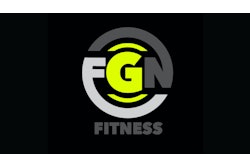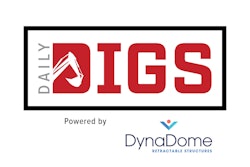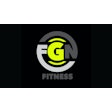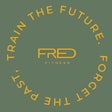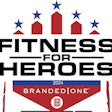Adaptation, or change, is what helps individuals, businesses and industries to grow and prosper, rather than stagnate in the status quo.
The old saying, "If it ain't broke, don't fix it," can be both good and bad advice. Indeed, there's a lot to be said for letting a formula for success be. But there's even more to be said for continually adapting a successful formula for its betterment. Adaptation, or change, is what helps individuals, businesses and industries to grow and prosper, rather than stagnate in the status quo. Former Secretary of the State of Connecticut, Pauline R. Kezer, is often quoted in media sources for saying, "Continuity gives us roots; change gives us branches, letting us stretch and grow and reach new heights."
The fitness industry has actively embraced change over the years. This change has come in all shapes and sizes. Some changes, such as the rate of membership/facility type growth and member diversification, have been gradual transitions; while others, such as the introduction of new programs and personal training, as well as member dues processes and the explosive growth in express workout chains, have been more aggressive alterations. Yet, despite how these changes have progressed, they have all helped the industry move positively forward.
This issue of FM is all about change. In June, Fitness Management magazine was acquired by Athletic Business Publications (ABP), publisher of Athletic Business and Aqua magazines, among others. I and the rest of the FM staff are excited about the transition, and the commitment by ABP to support FM in its continued successful format - along with some positive changes. With this issue, you're seeing one of many changes to come in the design of FM. Off the bat, you'll notice that the magazine is more attractive; our spine has changed, our paper is brighter and whiter, and the dimensions of the magazine are larger. In the next few months, you'll also see a complete redesign of the pages. But, don't worry! Our content will continue to provide you with the same practical, hands-on information that you need to remain successful in your fitness business.
As our magazines changes, so does the industry continue to change. Senior Editor Anne McDonnell interviews three major strength equipment suppliers to find out what the latest trends are in design and training. This knowledge will help you, when you're ready, to buy or upgrade your equipment, identifying whether the look is a good fit, what the changing member demographics are looking for and the types of programming that are shaping design trends. Then author Irene Lewis-McCormick describes the ways in which foam rollers have been adapted from the rehab setting to the fitness arena, and how instructors can use them to work with clientele who are looking to improve balance and flexibility - two pillars of fitness often neglected, but in great demand, these days.
And, perhaps one of the areas most in need of constant improvement are ways in which you can better serve members. On page ??, authors Stephen Tharrett and Jim Peterson outline a set of steps that can help you to establish a service culture. And, author Mike James shows how role playing can help your facility to have one voice so that your staff handles member complaints/problems in a similar vein, thus helping to avoid mixed messages spread from the staff to the clientele.
Change is inevitable and, thankfully, good. We're open to your feedback about the changes we're making. And, we'll continue to provide you with ways to make positive changes at your fitness business.



















